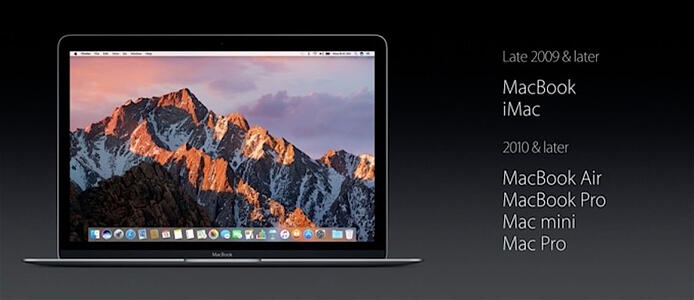As many users of older Macs and PCs are probably aware, there is a rather finite amount of time most companies will continue to support their software products and operating systems. Long term support for older versions of software and operating systems can be hard to find.
In the case of Microsoft, each version of Windows has a sort of “shelf life” that usually lasts around eleven years, during which time Microsoft moves from adding new features to just patching bugs and security problems. Eventually, the version reaches a point called “end of life”, wherein Microsoft releases one final update and then ceases work on the product.

Former Windows XP users are probably the most well aware of this, as XP still had a massive share of users when support for it ended in 2014. It was so widely used, that Microsoft had to extend their deadlines (twice!) to give time for the adoption of newer operating systems by XP users to reach acceptable levels. This has become relevant once again, as Windows Vista is the latest on the chopping block. Thankfully, not many people still use the ill-fated operating system, and most of its users have since moved to the more stable and well-designed 7, 8, and 10. However, there will definitely be some people left behind by this shift. Not to mention, a pretty large sum of people still use 7, which at the time of this writing has less than three years left. As with XP and Vista before it, once this deadline comes around, Windows 7 will stop receiving updates and security patches. These types of patches help keep people safe from major threats and security holes such as those exploited recently by the WannaCryptor Ransomware virus. Thankfully, with the advent of Windows 10, Microsoft has abandoned their previous release strategy, and are simply going to add new features to and update Windows 10 indefinitely.
On the Mac side, things aren’t so cut and dry. Apple does not exactly support older versions of Mac OS X, instead releasing major bug fixes for the current version between major releases. However, versions come out much more frequently than with Windows, with a new Mac OS 10.xx being released almost once a year. Not to mention, upgrades to the new versions are free, which is a move Microsoft has only made once, for users of 7 and 8 to move to Windows 10. Because every system running Mac OS is made by Apple itself, as well as the reasons listed above, Apple decides on update support by the Mac models instead.
Sometimes there’s a very real limitation, either in technology or design, for Apple to cut out support on a new update for certain models. For example, when Apple switched to Intel processors over a decade ago, the new version of OS X released at the time wasn’t compatible with the older Macs running IBM chips. Similarly, several years later, certain Macs weren’t “64-bit” compatible – as a result, they too were left behind. In some cases, certain Macs might be supported by an update, but simply don’t have the specifications to handle it. This time, the decision seems to be a bit more arbitrary in nature. However the line has been drawn pretty clearly – No Mac made before the end of 2009 can update any further than 10.11 El Capitan.
Related posts: Breathing New Life into that Old Mac, Preparing for a Windows 10 Upgrade, Preventing an Automatic Windows 10 Upgrade

